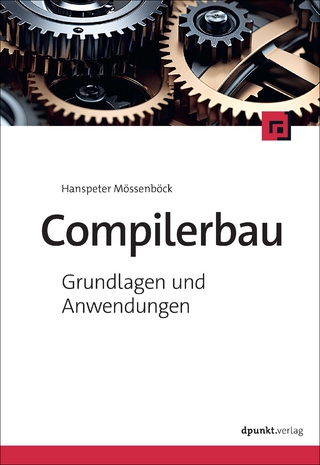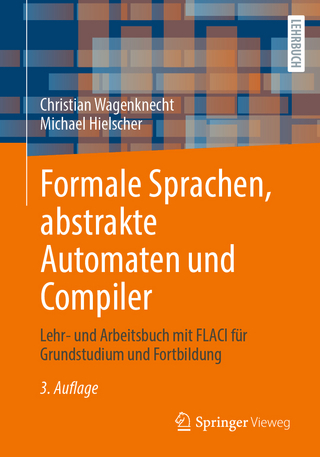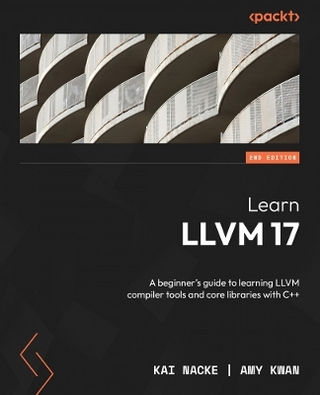
A Guide to Modula-2
Springer-Verlag New York Inc.
978-1-4612-9349-1 (ISBN)
I Moving to Modula-2.- 1 Modula-2 and Pascal.- 2 Data in Modula-2.- 3 Control Flow in Modula-2.- 4 Procedures.- 5 Arrays.- II Modules.- 6 Local MODULES.- 7 Definition Modules.- 8 Implementation Modules.- 9 Common Global MODULES.- 10 Desk Calculator with Variables and Assignments.- III Advanced Data Types.- 11 Enumerations.- 12 Sets.- 13 Records.- 14 Dynamic Data.- 15 Procedure Variables.- IV Systems Programming.- 16 TYPE Relaxation.- 17 Programming Hardware.- 18 Coroutines.- 19 Device Drivers.- Appendices.- I. Modula-2’s Reserved Words.- II. Modula-2’s Standard Identifiers.- III. Modula-2’s Standard Functions.- IV. Standard PROCEDURES from SYSTEM.- V. Standard Coroutine PROCEDURES.- VI. Legal Modula-2 Operations.- VII. Strict TYPE Compatibility.- VIII. Assignment TYPE Compatibility.- IX. The ASCII Character Set.- X. Implementation Notes.- XI. Syntax Diagrams.- Modules.- Procedures.- Types.- Declarations.- Constants.- Variables.- Operators.- Statements.
| Erscheint lt. Verlag | 27.12.2012 |
|---|---|
| Reihe/Serie | Monographs in Computer Science |
| Zusatzinfo | 11 Illustrations, black and white; XIX, 436 p. 11 illus. |
| Verlagsort | New York, NY |
| Sprache | englisch |
| Maße | 155 x 235 mm |
| Themenwelt | Mathematik / Informatik ► Informatik ► Programmiersprachen / -werkzeuge |
| Informatik ► Theorie / Studium ► Compilerbau | |
| ISBN-10 | 1-4612-9349-9 / 1461293499 |
| ISBN-13 | 978-1-4612-9349-1 / 9781461293491 |
| Zustand | Neuware |
| Haben Sie eine Frage zum Produkt? |
aus dem Bereich


